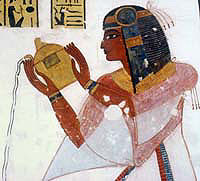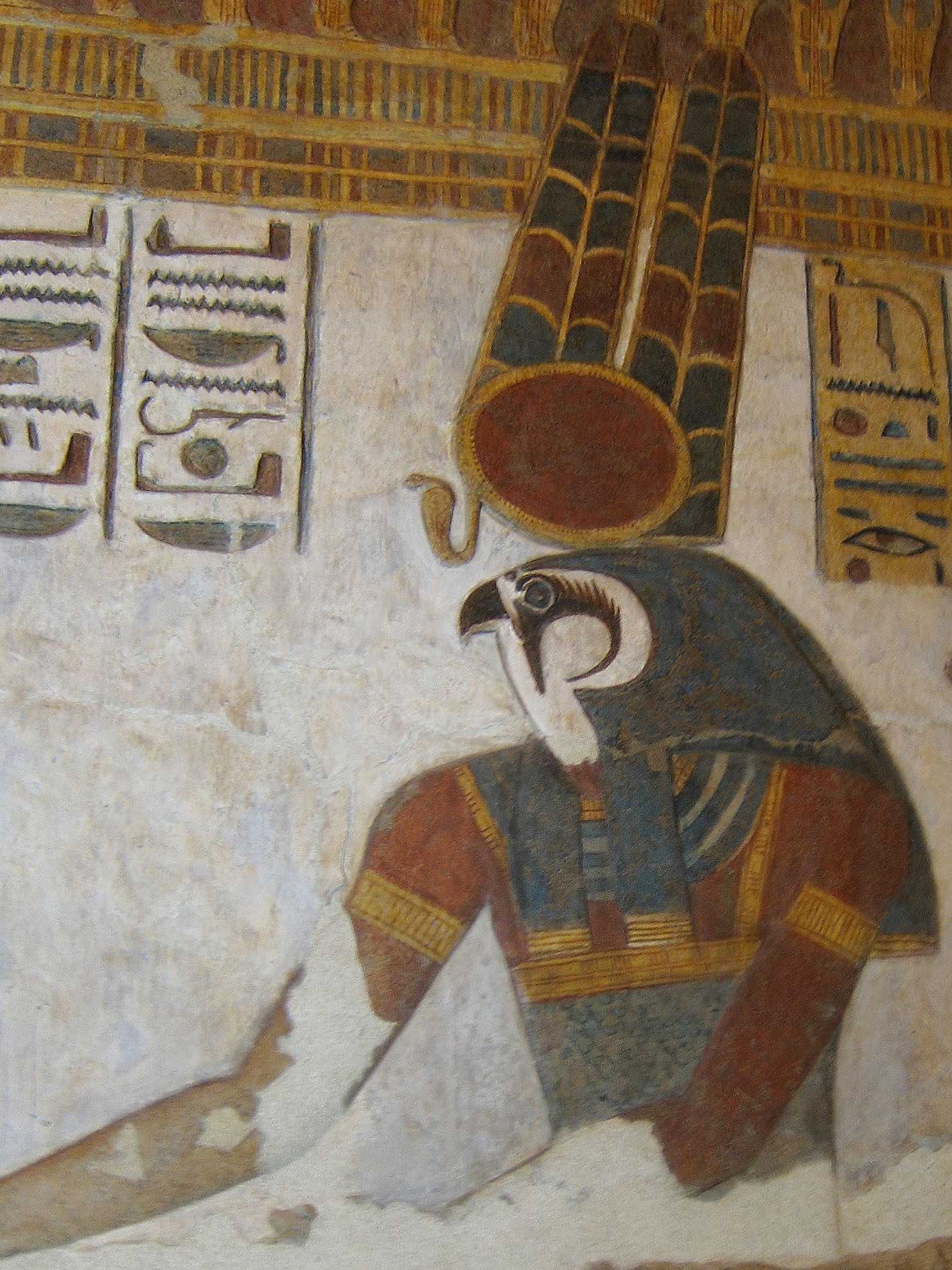|
Mentuherkhepeshef
Mentuherkhepeshef ''(mnṯ-ḥr-ḫpš=f;'' „Montu is with his strong arm”) is an ancient Egyptian name. It may refer to: * Mentuherkhepeshef (son of Ramesses III), an ancient Egyptian prince of the 20th dynasty * Mentuherkhepeshef (son of Ramesses IX) Mentuherkhepeshef was an ancient Egyptian prince of the 20th Dynasty, a son of pharaoh Ramesses IX., p.193 His name also occurs as ''Ramesses-Montuherkhepeshef.'' He is likely to have been the brother of pharaoh Ramesses X and prince Nebmaat ..., an ancient Egyptian prince of the 20th dynasty {{disambiguation Ancient Egyptian given names Theophoric names ... [...More Info...] [...Related Items...] OR: [Wikipedia] [Google] [Baidu] |
Mentuherkhepeshef (son Of Ramesses IX)
Mentuherkhepeshef was an ancient Egyptian prince of the 20th Dynasty, a son of pharaoh Ramesses IX., p.193 His name also occurs as ''Ramesses-Montuherkhepeshef.'' He is likely to have been the brother of pharaoh Ramesses X and prince Nebmaatre. He was buried in his tomb KV19 in the Valley of the Kings, which was probably originally made for Ramesses VIII Usermaatre Akhenamun Ramesses VIII (also written Ramses and Rameses) or Ramesses Sethherkhepshef Meryamun ('Set is his Strength, beloved of Amun') (reigned 1130–1129 BC, or 1130 BC), was the seventh Pharaoh of the Twentieth Dynasty of the New Ki ....Dodson & Hilton, p.194 His titles were: ''First King's Son of his Body; Eldest King's Son of his Body; Generalissimo''; and ''Executive at the Head of the Two Lands.'' Sources Ancient Egyptian princes People of the Twentieth Dynasty of Egypt Ramesses IX {{AncientEgypt-bio-stub ... [...More Info...] [...Related Items...] OR: [Wikipedia] [Google] [Baidu] |
Montu
Montu was a falcon-god of war in ancient Egyptian religion, an embodiment of the conquering vitality of the pharaoh.Hart, George, ''A Dictionary of Egyptian Gods and Goddesses'', Routledge, 1986, . p. 126. He was particularly worshipped in Upper Egypt and in the district of Thebes.Rachet, Guy (1994). ''Dizionario della civiltà egizia''. Rome: Gremese Editore. . p. 208. Name Montu's name, shown in Egyptian hieroglyphs to the right, is technically transcribed as ''mntw'' (meaning "Nomad"). Because of the difficulty in transcribing Egyptian vowels, it is often realized as Mont, Monthu, Montju, Ment or Menthu. Role and characteristics A very ancient god, Montu was originally a manifestation of the scorching effect of Ra, the sun – and as such often appeared under the epithet Montu-Ra. The destructiveness of this characteristic led to him gaining characteristics of a warrior, and eventually becoming a widely revered war-god. The Egyptians thought that Montu would attack th ... [...More Info...] [...Related Items...] OR: [Wikipedia] [Google] [Baidu] |
Mentuherkhepeshef (son Of Ramesses III)
Montuherkhopshef or Montuhirkhopshef was a Prince of the 20th Dynasty of Egypt and one of the sons of Ramesses III and Iset Ta Hemdjert. He was thus a brother of Ramesses IV, Ramesses VI, Ramesses VIII and an uncle of Ramesses V and Ramesses VII. He was the "First Charioteer of His Majesty", and married the lady Takhat who bears the prominent title of "King's Mother." This development supports the hypothesis that they are most probably the parents of king Ramesses IX since no other Ramesside king had a mother by this name, also, Ramesses IX had a son named Montuherkhepeshef. Montuherkhepeshef is shown in the procession of princes in the Medinet Habu temple of Ramesses III. He is likely to be identical with the Prince Montuherkhepeshef buried in the tomb KV13 in the Valley of the Kings. He never became Pharaoh, unlike his son Ramses IX, or even crown prince because he died not only before his brother Ramses VIII but also before his nephew Ramses VII Usermaatre Setepenre Mery ... [...More Info...] [...Related Items...] OR: [Wikipedia] [Google] [Baidu] |
Ancient Egyptian Given Names
Ancient history is a time period from the beginning of writing and recorded human history to as far as late antiquity. The span of recorded history is roughly 5,000 years, beginning with the Sumerian cuneiform script. Ancient history covers all continents inhabited by humans in the period 3000 BCAD 500. The three-age system periodizes ancient history into the Stone Age, the Bronze Age, and the Iron Age, with recorded history generally considered to begin with the Bronze Age. The start and end of the three ages varies between world regions. In many regions the Bronze Age is generally considered to begin a few centuries prior to 3000 BC, while the end of the Iron Age varies from the early first millennium BC in some regions to the late first millennium AD in others. During the time period of ancient history, the world population was already exponentially increasing due to the Neolithic Revolution, which was in full progress. While in 10,000 BC, the world population stood ... [...More Info...] [...Related Items...] OR: [Wikipedia] [Google] [Baidu] |



